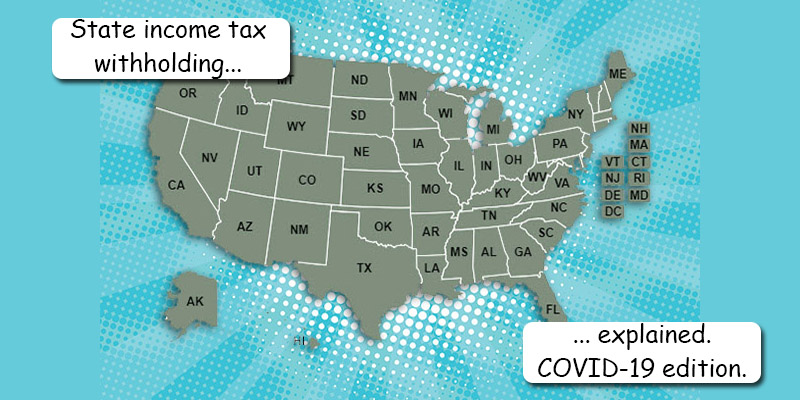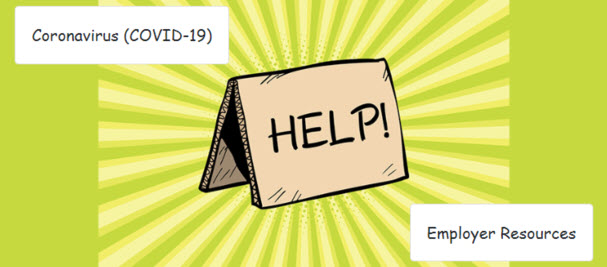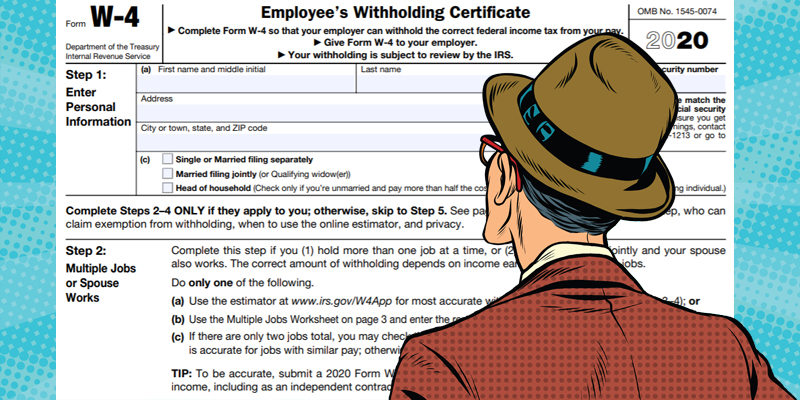Unless you live and work in one of the following nine states that do not tax wages, you are required to withhold state income tax on wages paid to your employees: Alaska, Florida, Nevada, New Hampshire, South Dakota, Tennessee, Texas, Washington and Wyoming. While this may sound simple enough, there are a number of considerations that need to be made, and we will go over them here, including the COVID-19 wrench in the machine. The Form First up is the form itself. There are a few states that did not adopt their own state withholding tax form, so here is…
Posts published in “Payroll”
Both the SBA and the U.S. Treasury have been busy throughout the month of August. We have seen the loan approval process close on August 8, the loan forgiveness application process open on August 10 (sort of), forgiveness rules clarification with the August 11th update of their FAQs, and a new interim final rules published on August 24th. The closing of the PPP loan program is probably long overdue. After several extensions of the program, it appeared that the demand for the loan funds had come to a halt and there was not much of a demand for it in…
We have not seen much change in relation to PPP loan forgivness, although there are a few notable updates. Payroll costs includes the wages up to $100,000 of annualized pay per employee. For those using the eight-week covered period, that is a maximum of $15,385 per individual, and for those using the 24-week covered period, that will be a maximum of $46,154 per individual. A company does not have to wait the full 24-weeks to file for forgiveness if they meet the spending requirements sooner. Let’s say you spend 100% of the loan amount on payroll costs after just 10…
The Small Business Administration (SBA) has released the Loan Forgiveness Application, which has provided answers to many previously-vague conditions of forgiveness. One problem is that for many, these instructions come towards the end of their eight-week loan proceeds spending and may be too late. I saw one article state that the loan application failed to provide instructions as to how to build a time machine to go back in time to correct what might have already been done. We may see a spike in Delorean resales! Rather than repeat what I have provided in the first article https://blog.paymaster.com/sba-paycheck-protection-program-ppp-loan-forgiveness/ , I…
Did you change your bank account with your payroll service because of the PPP? That could be a costly mistake.
0This is super important to read and understand how changing the bank account normally used for payroll to a new bank account that was opened to solely hold your PPP funds is going to produce unwanted results. We have found that a large number of companies, over the past few weeks, have requested to change the bank account in which their payroll is drawn. Upon questioning, it is discovered that the change is the result of the business owner receiving their Paycheck Protection Program (PPP) loan proceeds into a brand new separate bank account and wanting their payroll to be…
The Paycheck Protection Program (PPP) of the CARES Act authorizes up to $349 billion in loans to small businesses to pay their employees and other expenses during the COVID-19 crisis. The loan amounts will be forgiven under Section 1106 of the Act as long as certain conditions are met, and knowing those conditions at the start of the loan process is crucial, because if you wait until the end of the process, it will be too late. There are four areas of concern to receive 100% forgiveness. 1. Let’s start with what the proceeds can be used for. Over the…
With the passage of the Families First Coronavirus Response Act, two new refundable payroll tax credits are available to employers with fewer than 500 employees. These refundable credits are designed to fully reimburse them, dollar-for-dollar, for the cost of providing Coronavirus-related leave to their employees. The Act allows two paid leaves for the employee’s own health needs or the care of family members. This will enable employers to keep their employees on payroll and ensure that employees are not forced to choose between their paycheck and the public wellbeing. Emergency Paid Sick Leave Companies with fewer than 500 employees,…
There are times when an employee’s actual gross pay (excluding taxable fringe items) is insufficient to accommodate all of their deductions in full. In those cases where there is not enough net pay, there is an order in which deductions are to be processed until the check is zero. I am going to cover the basics of that order without going into the details of each specific deduction, as this would end up being a super-sized blog. Be sure to check out my previous blogs for details on some of the specific deductions. Deductions are taken in the order below,…
The 2020 Form W-4, Employee’s Withholding Certificate, is very different from previous versions. This is due to the federal tax law changes that took place in 2018 from the 2017 Tax Cuts and Jobs Act. Check out my prior article with a bit of history and nostalgia of a 30 year old form. https://blog.paymaster.com/here-it-comes-2020-w4-form/ The most significant change is that there is no longer the use of withholding allowances, and the form asks the employee to basically prepare an estimated tax return. Some of the information requested may even be considered intrusive, including income from other sources, spouse income, itemized…










